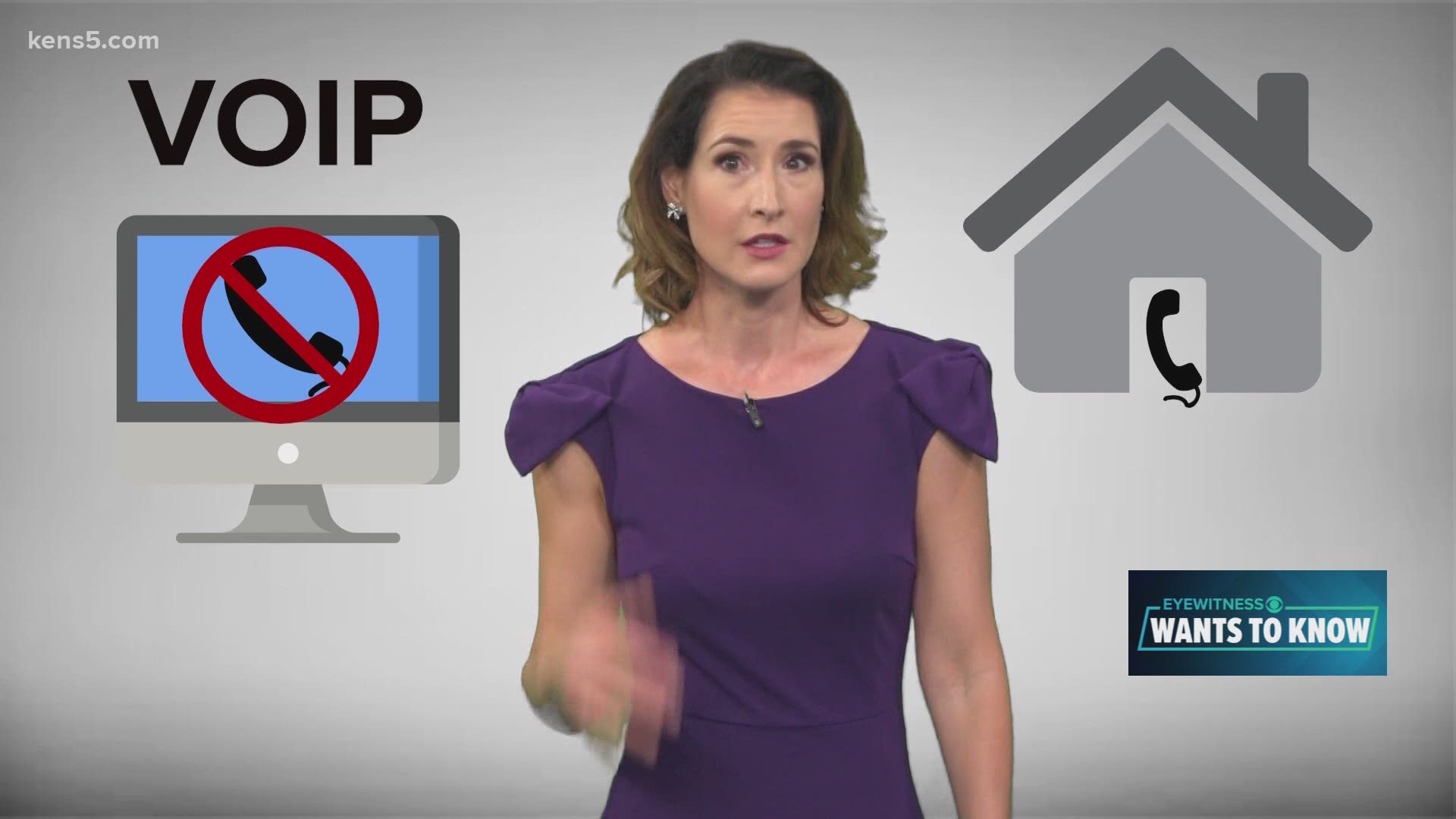It can be hard to tell if an incoming call is someone you know or a schemer waiting to take advantage. But it's easy for fraudsters to use technology to fake names and numbers on caller ID.
Even if your caller ID shows a local number, it could be from someone anywhere in the world. Here's what you can do.
Cell phones
Stop those annoying, unwanted calls to your cell phone. Your best bet is a call-blocking app. It will stop scam calls before they reach your phone, silence calls from unknown numbers or send suspicious calls straight to your voicemail. Some apps are free; check your online app store or ask your carrier about your options for call blocking services, many of which are also free.
Landlines
You have the ability to stop unwanted calls from ringing your landline number, too. Ask your carrier if you home phone uses VOIP or voice-over internet protocol. It allows calls to be transmitted over the Internet instead of a traditional telephone network. It will allow you to subscribe to an online call blocking service. Some are free while others charge a monthly fee.
If you have a traditional landline, you will need to buy and install a call-blocking device. It is usually a small box you attach to your phone. It will allow you to limit calls that come in by using an approved list of numbers or block other numbers. You can also set up “Do not disturb” hours. During that time, all calls will go directly to voicemail.
You're also encouraged to report unwanted calls to the Federal Trade Commission. Be sure to include the number on your call ID and any call back number you get. Find out more information on call-blocking here.
If you have a question for eyewitness wants to know, email us at ewtk@kens5.com or call us at 210-377-8647.

